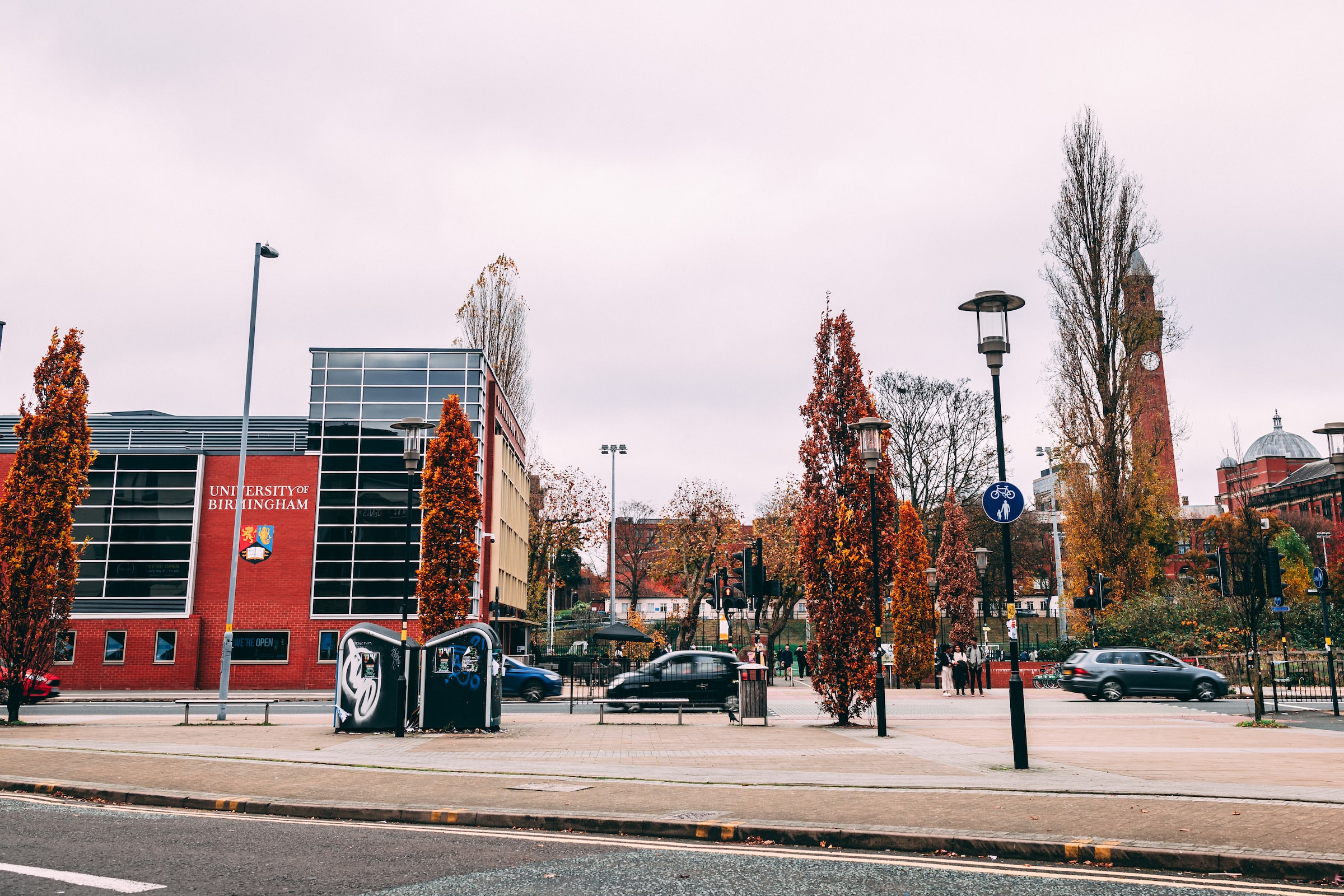
Culture writer David Brooks argues that contemporary arts are still archaised within the context of classical antiquity, making an original link between Prison Break and the writing of Homer
What excites me the most about the study of classical antiquity is how prominent it is within our contemporary society, albeit the two millennia difference in timespan. Indeed, the modern arts of today appear to be continually inspired by those of the past. Upon rewatching Season 5 of Paul Scheuring’s Prison Break – this time through the lens of a UOB Classics student – I was left astounded by the plethora of classical allusions that were incorporated throughout.
To begin with, after the show’s central protagonist, Michael Scofield, is MIA[1] for seven years, he is eventually located in a prison in Yemen, known as Ogygia. This would bear resonance to students of classical literature who would recognise that Odysseus of Homer’s Odyssey, was also held hostage for seven years by the goddess Calypso, on an island also called Ogygia. This does not appear to be the only reference to Homer’s Odyssey, as the remaining episodes of the season appear to present links between the two pieces of art.
Michael Scofield’s alternate name in season 5, Kaniel Outis, also aligns with the Greek myths of Odysseus
Further supporting the ties between Homer’s text and Scheuring’s screenplay, after escaping Ogygia prison, Michael and Co. end up in a town known as Phaeacia. Similarly, in Homer, Odysseus also flees Calypso’s Ogygia and arrives in Phaeacia after near twenty days of travel across the sea. However, unlike Odysseus, Michael does not stay in Phaeacia for long and makes use of their xenia.[2]
Odysseus came up with an inventive plan, as he is known for being a cunning trickster, just like Michael Scofield is and does to escape Yemen, into Greece and back to Ithaca in the US
Ultimately, based upon the evidence it is undeniable that the contemporary arts of today, in this context TV shows, are being archaised and are amalgamating the context of classical antiquity.
[1] Missing in action
[2] Xenia is the ancient Greek custom for hospitality.
Read more from Redbrick Culture:
Comments